Travel trailers have many things that need consistent attention. From braking and hitch systems to water systems, these essential items need to be checked regularly to remain in good working order.
Since they are so small and hidden away, one thing that tends to get overlooked during routine maintenance is your trailer’s ball bearings. However, once these little low-tech items burn out, it can be a disaster on the roadway.
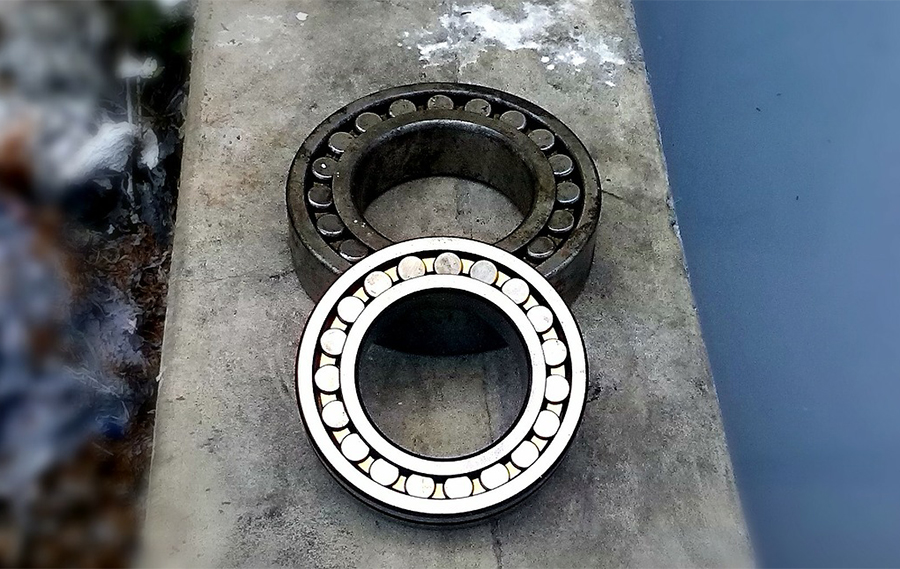
If you don’t have any experience with bearings or the axle makeup of a trailer, ball bearing maintenance seems like a mysterious concept. However, there are many experts out there who are willing to give you information on what to do with your trailer’s bearings.
Felling Trailers in Minnesota has a great article and a video by Dexter Axle on how they repack trailer bearings. The Funtime RV company in Oregon also has an informative video on how they check trailer bearings as well as brakes.
What exactly are ball bearings, and why are they important?
Trailer bearings (filled with a series of metal balls) are located in the center of each wheel of a trailer. They reduce rotational friction and allow each wheel to spin freely around the axle.
All bearings require a good supply of lubrication to work correctly and must be “repacked” with fresh grease to prevent damage to the bearing and the wheel. Lack of lubrication can cause excessive heat to build up and the bearing and spindle that holds it can be destroyed. This in turn will destroy the wheel and axle, which could cause an accident while the trailer is in motion.
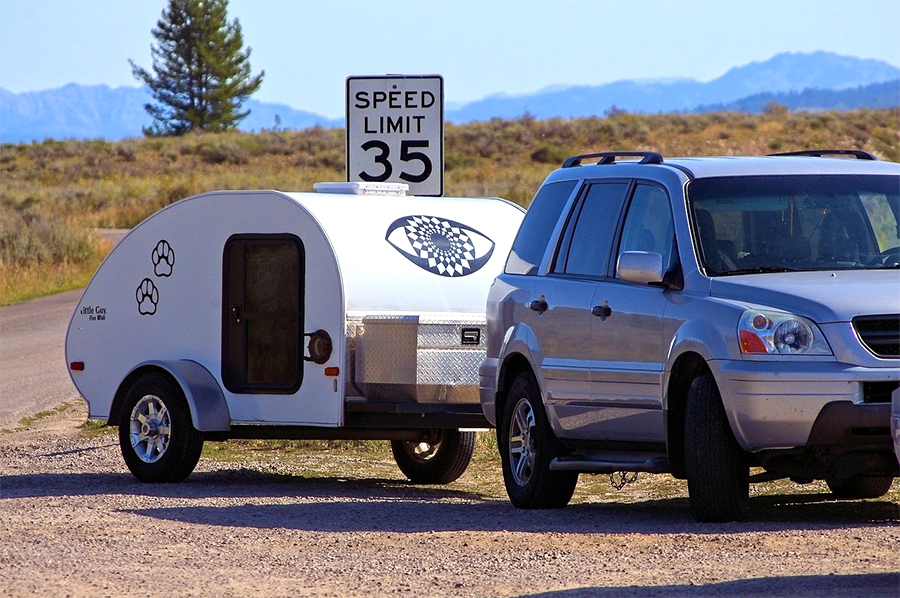
What happens when bearings burn out?
When a bearing burns out, it means that the grease that allows for the free spinning of the wheel has dried up, become too old and encrusted, or is totally gone. When this happens, the bearings overheat from the friction of metal against metal and can cause serious damage to the entire wheel and axle. This could include the loss of one or more wheels while the trailer is traveling at high speeds.
There are several ways you can tell if a trailer’s ball bearings are going bad:
- The wheels make chirping noises like a bird while rotating. Bearings are tightly packed into the wheel canister, but if they come loose they will bang against each other and make a chirping, squealing or screeching sound.
- The trailer tires will shake even on a smooth road. If the bearings are worn out, the tires and even the entire trailer will shake and vibrate.
- The trailer will have noticeable sway. Bad or worn out bearings will cause a trailer to sway while in motion.
If you notice any of these things going on while towing, stop immediately and touch the trailer’s hub caps. If they are hot, the bearings could be overheated. You may even smell a slight burning smell. Discontinue towing and take the trailer to an RV specialist as soon as possible.
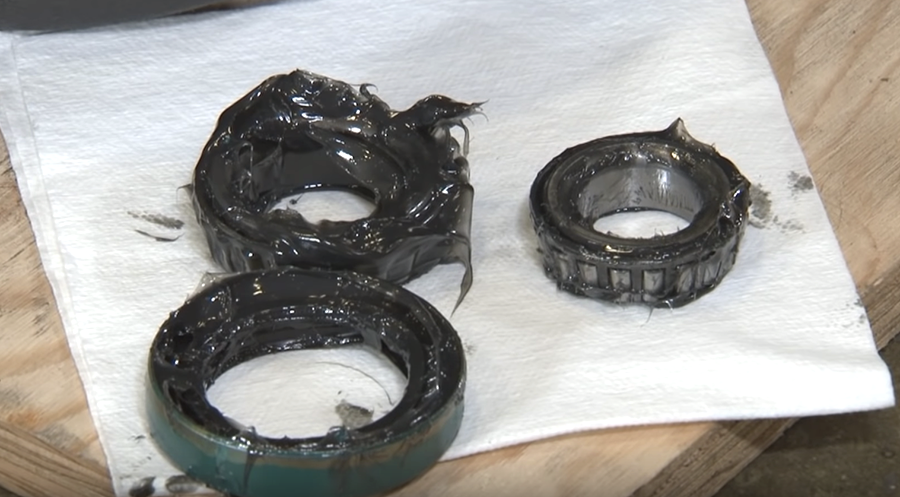
Do all RVs need to have their bearings repacked?
No. Class C, Class B, and Class C RVs with engines all have sealed bearings. These types of bearings use a rolled element rather than balls and are designed to keep dirt and grease out.
For example, boat trailers use sealed bearings since they are made to be submerged in water. According to TrailersPlus, the largest trailer dealer in the U.S., the types of bearings used in RV wheels will depend on the manufacturer. It’s best to ask your dealer or seller about the types of bearings used on your rig.

When should bearings be repacked?
Etrailer recommends having trailer bearings repacked every 12,000 miles. It may help you to remember if you have it done every spring at the same time as other maintenance jobs such as de-winterizing and spring cleaning.
TrailersPlus recommends having the bearings inspected every six months or every 6,000 miles. If your trailer has not been towed for more than a year, you should also have the bearings checked and re-greased since the grease can get old and harden over time.
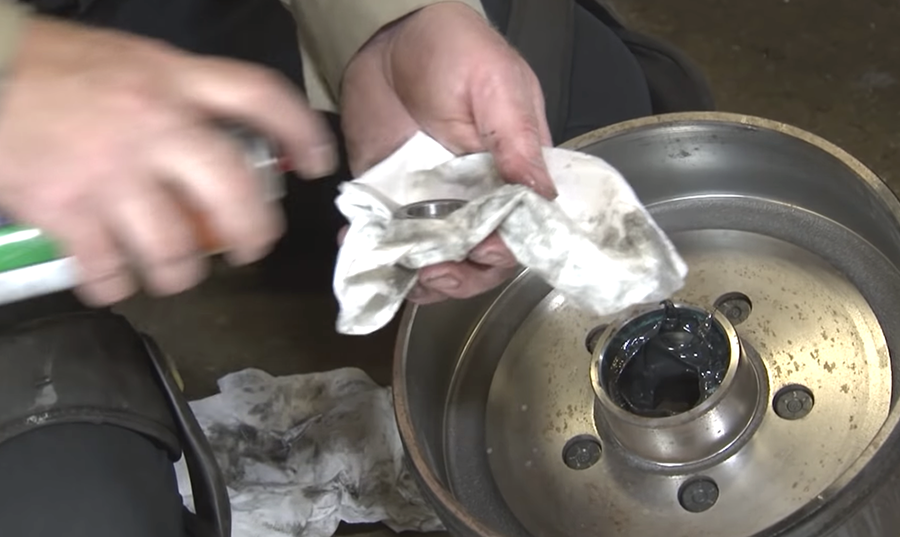
Should you repack trailer ball bearings yourself?
Repacking ball bearings is good to know, but it will depend on your comfort level, the size of your RV, how many axles you have, and whether or not you want to get your hands really greasy.
If you decide to do it yourself, use brand new bearings and a high temperature bearing grease. One of the best things is to do is watch an expert as they repack your trailer bearings and ask them questions as they go through the process.
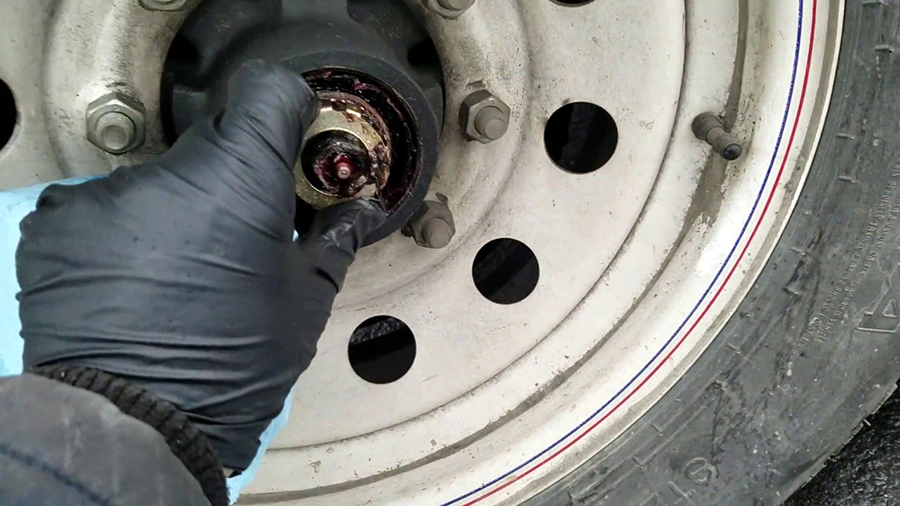
Having the bearings repacked by an experienced RV service technician should only cost between $100 to $250 depending on how many axles your travel trailer has. In the end, you’ll have more time to enjoy camping in your travel trailer.


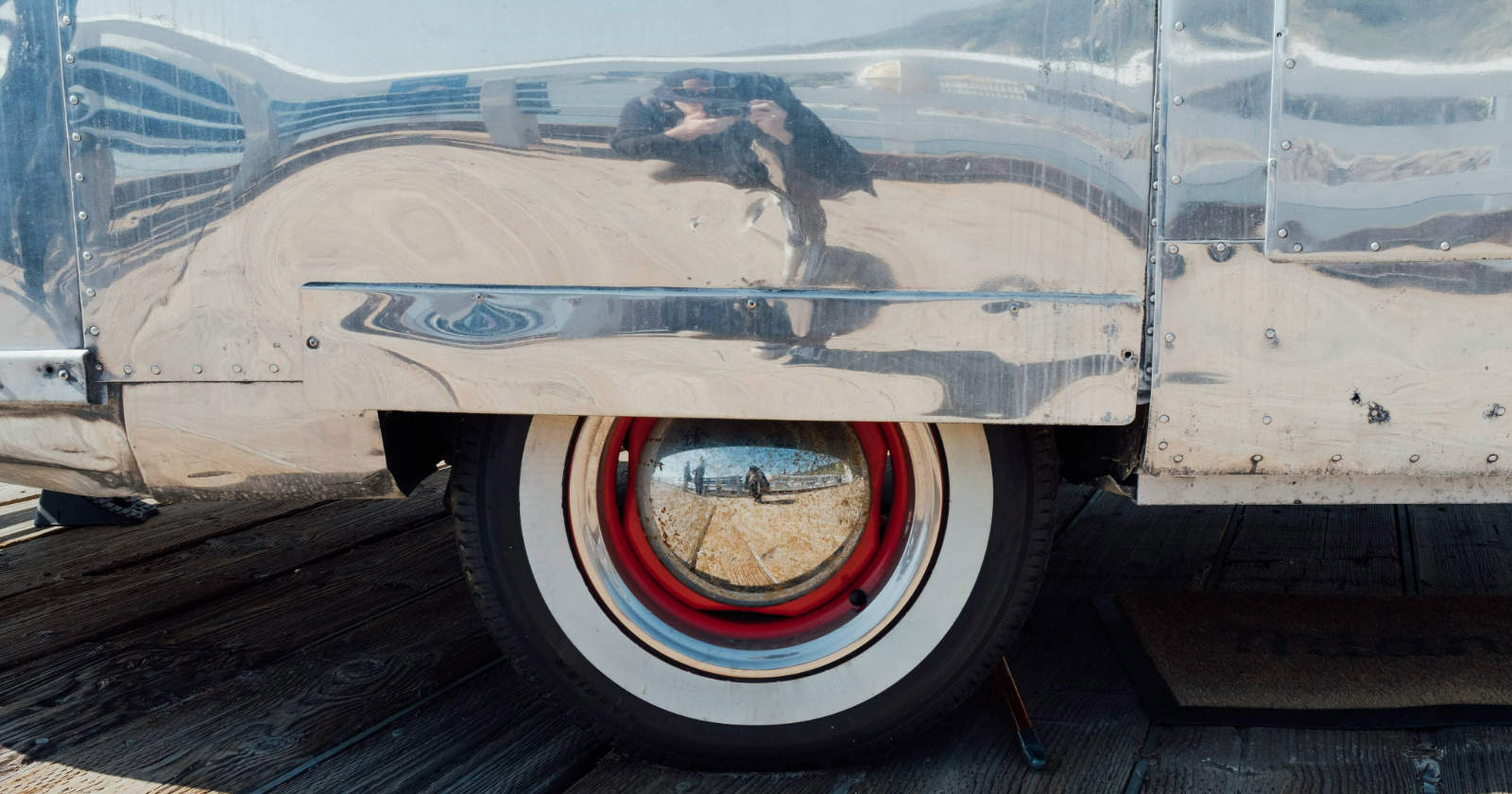

I question the type that has a built in zerk fitting to grease the bearings.
Leaves room for error on the novice mechanic.
Lubrication is needed, yes, so maybe two or three pumps of the grease gun.
But to fill the cavity with grease, that is not good either.
Friction from churning grease will be the enemy to failure.
Think of it like this:
When wading in shallow ankle deep water, you can move rather quickly.
When wading in hip deep water, you cannot go as fast because too much resistance.
This happens in an over packed situation.
You need room for the grease to be pushed out of the way, so the oils can do their lubricating.
After all, it is the oil that lubricates, the grease is only the medium holding the oil in place!
I know that some grease brands and types do not mix. Clean the old grease out before you repack the bearings. Our Dexter axles have a grease zerk to be able to put grease in easy. I would recommend repacking these type of axle bearings with a knowl type of grease and than stay using that brand when you use a grease gun to repack the bearings.
Wheel bearings are not normally standard roller bearings since they are tapered roller bearings, consisting of a stationary race called a “cup” pressed into the hub, and the cone which consists of a keeper and the tapered rollers. Most hubs contain two cup and cone bearings a larger heavier inner set and smaller outer set. It is this taper that allows the adjustment of slack in the bearings. Over the lifetime of the bearings proper adjustment when the bearings are serviced, will compensate for roller wear . Proper adjustment is a balance between controlling unwanted slop between cups and cones and allowing enough expansion room to prevent excessive drag as bearings heat up under load at road speeds.
I find that a very useful tool for me is to carry an infrared thermometer that I can use to shoot temps on hubs, brakes, and tires. My first trip after a bearing service I plan a couple of stops to monitor hub temps, and I usually do a walk around the rig whenever I take a rest break. I don’t have a tire pressure monitoring system but find that the IR thermometer is effective at picking up under inflated tires.
The front wheels on some lass “B” & Class “C” Motor homes and a lot of Boat Trailers require repacking of the wheel bearings. Sealed bearings are a recent innovation and are not utilized in all new vehicles and trailers. Roller bearings are still quite common and in many ways are superior to ball bearings for load carrying ability.
Most, but not all, Class A, B, and C motorhomes do need front wheel bearing service, ie, repacking at some time, depending on what your owners manual specifies.
In addition to the improper bearing identification, the bearings used in boat trailers are not sealed any differently than those used in other trailers. Therefore they require special attention such as the use of a water-resistant grease and also the option of using products such as “Bearing Buddies” on the hubs. We find that most people do not know how to properly grease hubs when fitted with a zerk fitting and usually blow out the seals, making more problems including failed brakes.
More should be written on the subject for the owner’s best interests; it would take more than I can say herein be said here…. perhaps a follow up article with these details?
trailer axles don’t use ball bearings, they don’t even use roller bearings as shown. They use tapered roller bearings. ALL motorhomes don’t necessarily have sealed bearings. Some use an oil bath setup that requires servicing, and boat trailers do not have sealed bearings. They too use tapered roller bearings with a “Bearing Buddy” setup. They require MORE attention than a travel trailer.
To aid in replacing the wheel bearing races, prior to installation and after cleaning of the wheel drum. Place the races in a freezer for about 25 minutes , then simply drop them in place and tap in with a rubber mallet. Saves beating yourself to frustration.